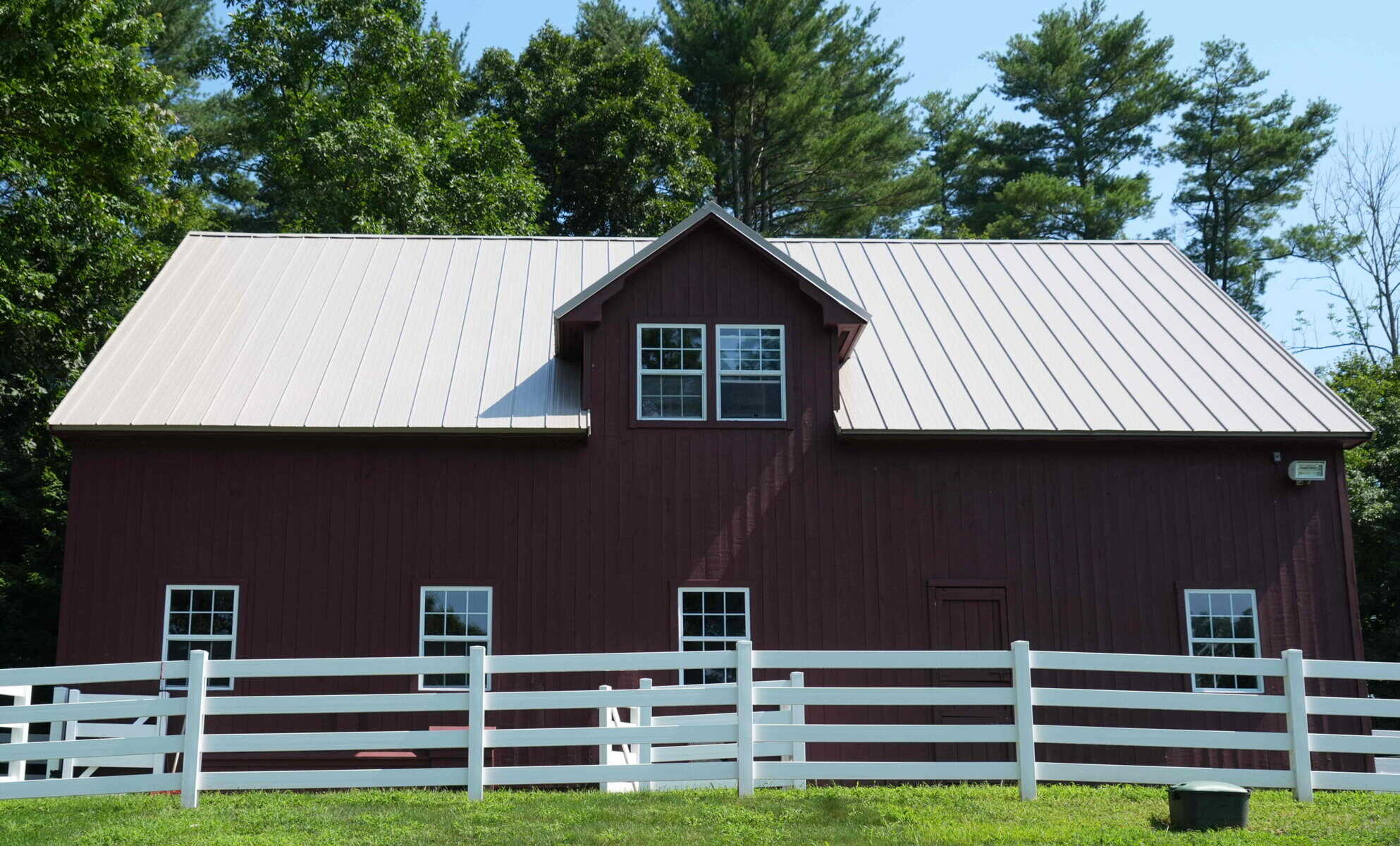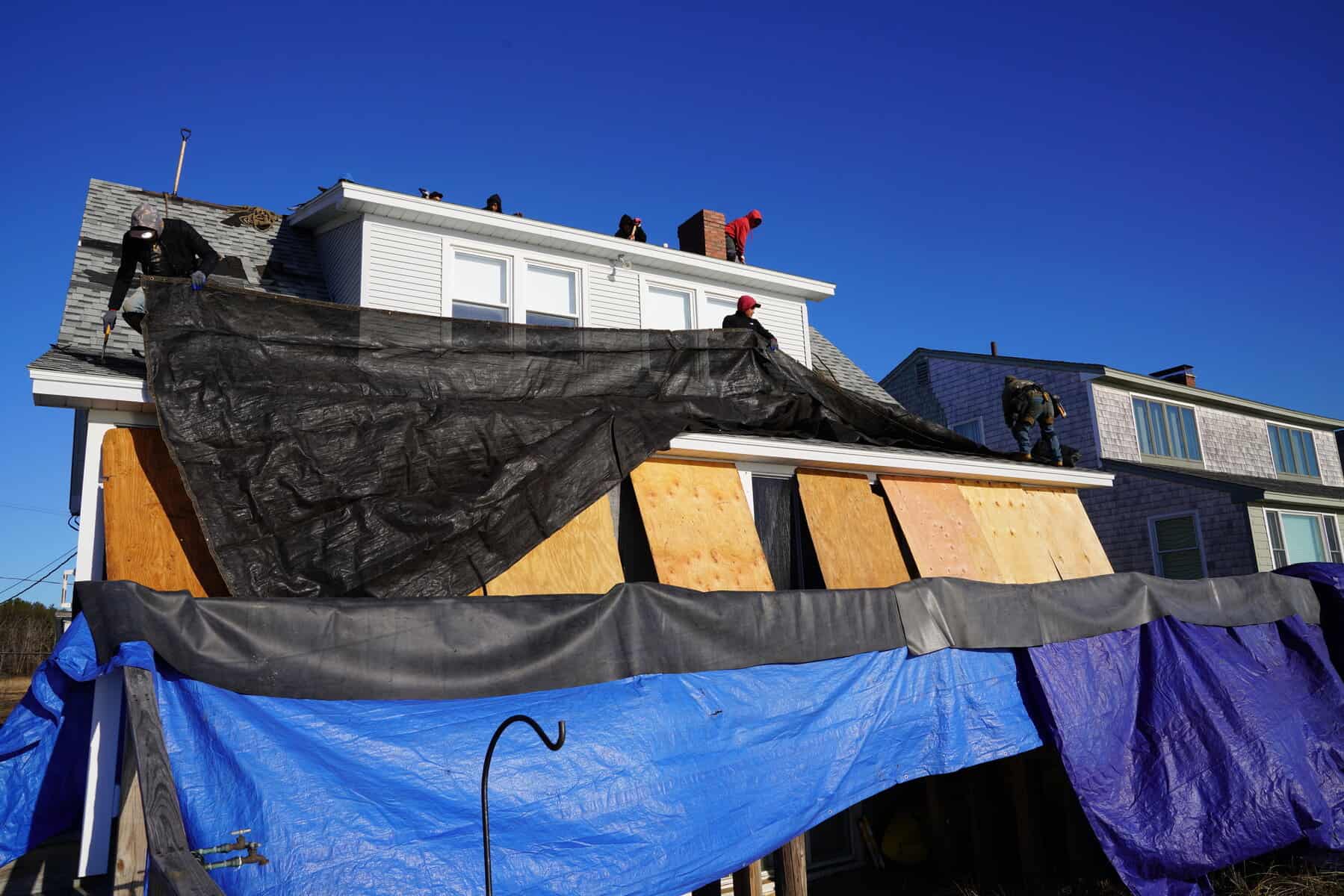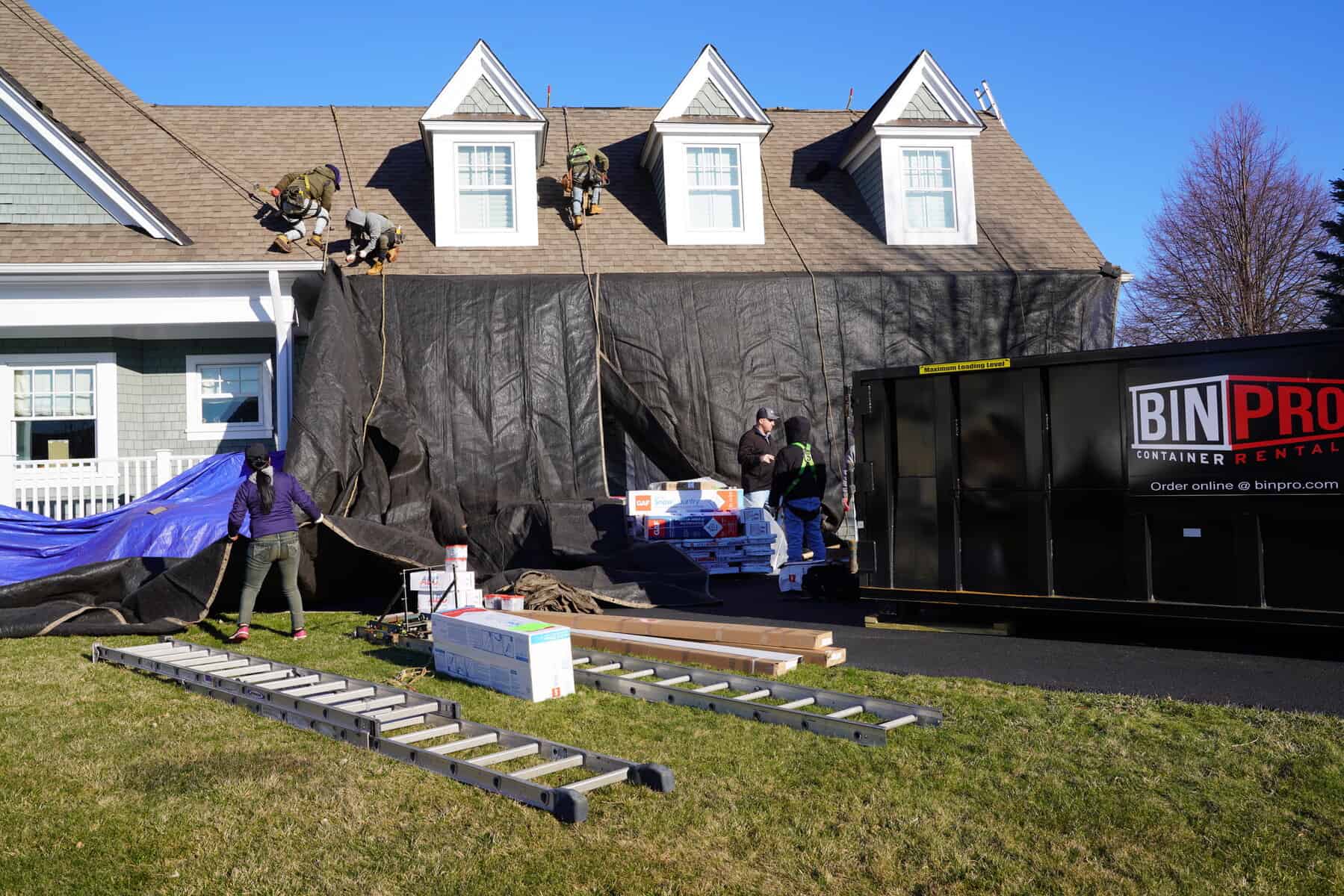Metal roofs are a popular choice for many homes across New Hampshire. They last a long time, hold up well in bad weather, and give houses a sharp, modern look. Homeowners often choose them because they don’t require much upkeep compared to other materials. That said, one thing metal roofs do that can catch people off guard is expand and contract when the temperature changes. This natural movement becomes more noticeable when the summer heat is in full swing.
As July rolls on, temperatures across New Hampshire can climb to uncomfortable levels. Metal naturally reacts to that heat by expanding. And while it might not seem like a big deal at first, over time, it can lead to real roofing problems if it’s not managed properly. That’s why understanding how metal expansion works, what the signs look like, and what to do about it can help you keep your roof in working shape all season long.
Why Metal Roofs Expand In Heat
Metal expands when it gets hot and contracts when it cools down. That’s called thermal expansion, and it’s something most materials do, just at different rates. Since metal is a great heat conductor, it reacts quickly to outdoor temperatures. When a metal roof soaks up direct sunlight for several hours a day, the panels grow just a bit in size. At night, when the air cools down, they shrink back. That cycle repeats every day throughout the summer.
With summer heat bearing down during July, metal panels stretch more than they would in other seasons. The panels aren’t moving inches at a time but enough to create stress where they’re connected to the structure of your home. Fasteners, seams, and joints all feel that pressure. If those parts of the roof weren’t installed with expansion in mind, problems can show up fast. For example, we’ve seen homes where gaps opened up between metal panels after long sunny weeks, or where fasteners started popping out as the metal pulled away.
Some types of metal can handle the heat shifts better than others, but they all react in one way or another. Once movement starts causing visible damage, it means the material has been reacting this way for a while. And since summer gets hotter each year, especially in places like New Hampshire where humidity adds to the strain, it’s something homeowners should think about ahead of time.
Common Signs Of Metal Roof Expansion
If your roof is having a hard time with the heat, chances are you’ll spot a few clues. Keeping an eye out for early signs can help you avoid bigger repairs down the road. Some of the most common signs of roof expansion include:
– Buckling or ripples in the panels: When metal doesn’t have enough space to move, it can start to press against itself, creating waves
– Warped or lifted edges: Look at the edges of your roof. If they’re not lying flat or appear raised, expansion may be the cause
– Gaps at seams or joints: Small separations between metal panels or flashing can leave your roof exposed
– Loose fasteners or popped screws: When panels shift too much, screws can back out, leaving holes behind
– Unusual sounds: Creaks and pops during the hottest part of the day often come from expanding metal fighting with its fasteners
Any one of these signs might not spell disaster, but they’re all worth checking out. If multiple issues show up at once, it’s a good idea to have someone take a closer look before things get worse. Small gaps can invite moisture, which brings its own list of roofing headaches like mold, insulation damage, and leaks. The sooner the cause is addressed, the less likely the damage will spread.
Preventative Measures And Solutions
The good news is that metal roof expansion isn’t something you just need to live with. There are proven ways to reduce the impact of summer heat on your roof. When it’s installed correctly with the right parts and techniques, a metal roof can continue to handle seasonal swings without much trouble.
Here are a few key ways roofing experts approach this issue:
– Proper spacing between panels: Leaving just enough room between panels gives them space to move during hot days without forcing one into another or pulling up fasteners
– Floating clips or slide systems: This hardware allows panels to shift slightly with temperature changes instead of being locked in place, which can lead to strain or tearing
– Use of thermal expansion joints: These are specifically designed to absorb movement from thermal changes. They act like a buffer zone for the roof to expand and contract without affecting its shape or structure
– Thicker gauge metal: In some cases, using a slightly thicker metal panel can add stiffness and help reduce how much the material warps or buckles
– High-temp underlayment: This layer goes under the panels and offers protection from moisture and heat. It also helps reduce wear caused by expansion
Beyond the original install, it’s smart to have regular checkups on your roof. A roofing pro can catch early signs of expansion trouble before anything leaks or comes loose. Small maintenance tasks, like tightening fasteners, sealing flashing, or replacing worn sealant, can go a long way. It’s easier and cheaper to adjust things early than to fix significant complications down the line.
Benefits Of Getting Expert Help
Dealing with metal roof expansion sounds simple on paper, but a quick fix rarely solves the problem. Because this issue deals with shifting materials, fasteners, sealants, and structure all at once, it takes knowledge and hands-on experience to address it the right way.
A trained roofing team knows how to inspect each part and identify what needs to be done. That includes checking the type of metal used, evaluating the amount of movement, and figuring out whether it’s a design issue or a maintenance one. In New Hampshire, where temperatures shift drastically between summer and winter, their insight matters.
Another advantage to working with the pros is that they’re familiar with area-specific concerns. Roofing materials have to stand up to humid summers and freezing winters. A contractor who works all year on homes across New Hampshire will know how to build something that handles both parts of the calendar. Whether it’s adjusting the pitch of the roof, selecting the right kind of fasteners, or installing venting that helps with airflow, those local details make a difference.
Trying to solve metal expansion yourself can lead to missed problems or even more damage. Hiring someone who’s trained means having peace of mind that the situation’s handled the first time. It’s a way to protect your time, your home, and your budget long term.
Keeping Your Metal Roof Resilient During Summer
By understanding how heat affects metal roofing, homeowners can take real steps to stay ahead of expansion problems. The mix of high temperatures and humidity during New Hampshire summers creates just the right recipe for metal panels to shift. That motion doesn’t always lead to trouble right away, but over time it can loosen parts, introduce gaps, and affect how your roof handles rain, wind, or insulation.
The best thing you can do is stay aware. If you spot buckling, gaps, or other signs we covered earlier, don’t wait. It’s always easier to handle these types of issues early than after a storm rolls through. With the right materials, thoughtful installation choices, and a little help from roofing pros who understand the weather patterns here, your metal roof can perform well for years, even through the hottest days of the year.
To make sure your metal roof handles the summer heat without trouble, consider professional solutions for residential roofing in New Hampshire. The team at J. Carnes & Son Roofing is here to help you protect your home with expert care, durable materials, and repairs that last through every season.




